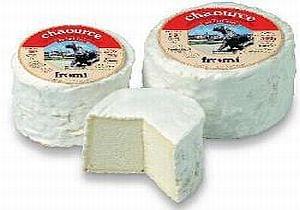 Pochodzenie: Szampania – Ardeny
Pochodzenie: Szampania – Ardeny
Rodzina serów: Sery miękkie
Rodzaj mleka: mleko krowie
Smak: młody ser jest kremowy, delikatny, rozpływa się w ustach; skórka dojrzałego ma nieco gorzki smak z grzybowym posmakiem, a miąższ jest maślany, dość pikantny, owocowy
Zawartość tłuszczu: 45%
Pora roku: cały rok, najlepszy latem i na jesieni
Opis:
Regionem produkcji tego sera jest Szampania słynna z produkcji szampanów. Nazwa sera pochodzi od nazwy miejscowości. Jest to tradycyjny ser z porostem białej pleśni, który w 1977 roku otrzymał certyfikat AOC. Młody ser ma delikatną dopiero się formującą skórkę o mlecznym i lekko cierpkim smaku. W miarę dojrzewania skórka grubieje, a jej powierzchni rozwijają się czerwone plamki pleśni.
Nowa odsłona popularnego portalu z przepisami kulinarnymi